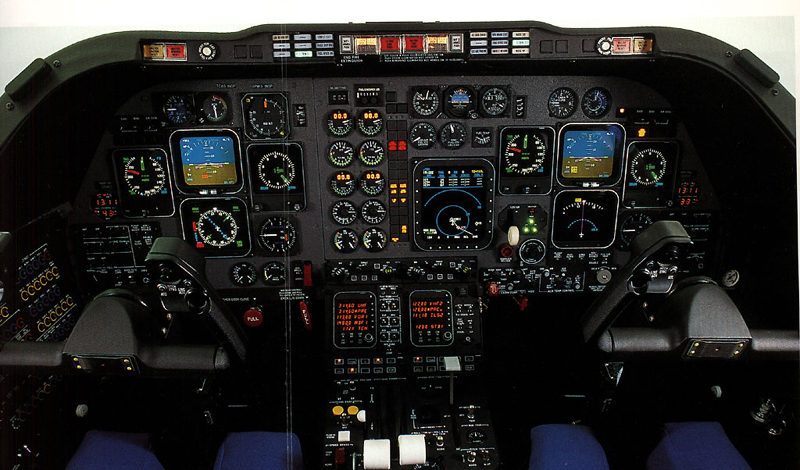What's your reason to do the touch and go? What are you accomplishing that you can't accomplish with a full stop landing (other than increasing the workload when it's unnecessary)?
-mini
Learning about increased workload is part of learning to fly. If you shield your students from being stressed in the airplane, they will have trouble when they are actually stressed at a critical time later. I just started reading through this thread, but damn, really, "NO TOUCH AND GOES!!!"
Its been awhile since I flew anything with a gear handle, so take my opinion on this with a very large grain of salt, but I've never had a problem differentiating between the levers because my CFIs taught me to be methodical. E.g. you reach to the position where the gear handle is at, you grab the handle, and retract/extend the gear. You never just "reach over and flip stuff." That may be the problem here. I've found that I fly much more precisely when I don't fly by muscle memory. In other words, think about what you're doing and it won't be a problem. If your student isn't thinking, they're just doing, then they have a problem.
Maybe we should think about something else that is similar in its applicability. For quite a while when I was learning to fly, I always went to flaps up in the 172 on my touch and goes. It was second nature. Reach over, and slap the flap lever up to the stop, and for long airports, with few obstacles this wasn't a problem. However, one day, my instructor realized that I was doing this, and took me to someplace much shorter and had me do some touch and goes. So we come in on the first one, and the guy says, "Alright, give me a shortfield, with a touch and go." So down we go, I put it on the deck, and instinctively reach over, and slap the lever up to "flaps zero." And threw the whips to it. The instructor said nothing. Needless to say, I was much much closer to the trees at the other end than I had ever been before at that point (though in no way were we dangerously close) and was somewhat alarmed. It was a huge lesson for me. Don't just "do." Think!
In my career (a measely 2700TTish) the best captains, and pilots I have seen think for themselves. They think about what they're doing without jumping to any conclusions.
Even a go around. The mantra is "CRAM CLIMB COMMUNICATE!!!" but really, even here, you need to think before you through that power lever forward. "Am I configured correctly, do I have options if I lose an engine at this speed with the power at max, should I call ATC yet, or am I not finished flying the airplane, should I try to climb right now, or get my speed up and then climb." Think. /rant.


